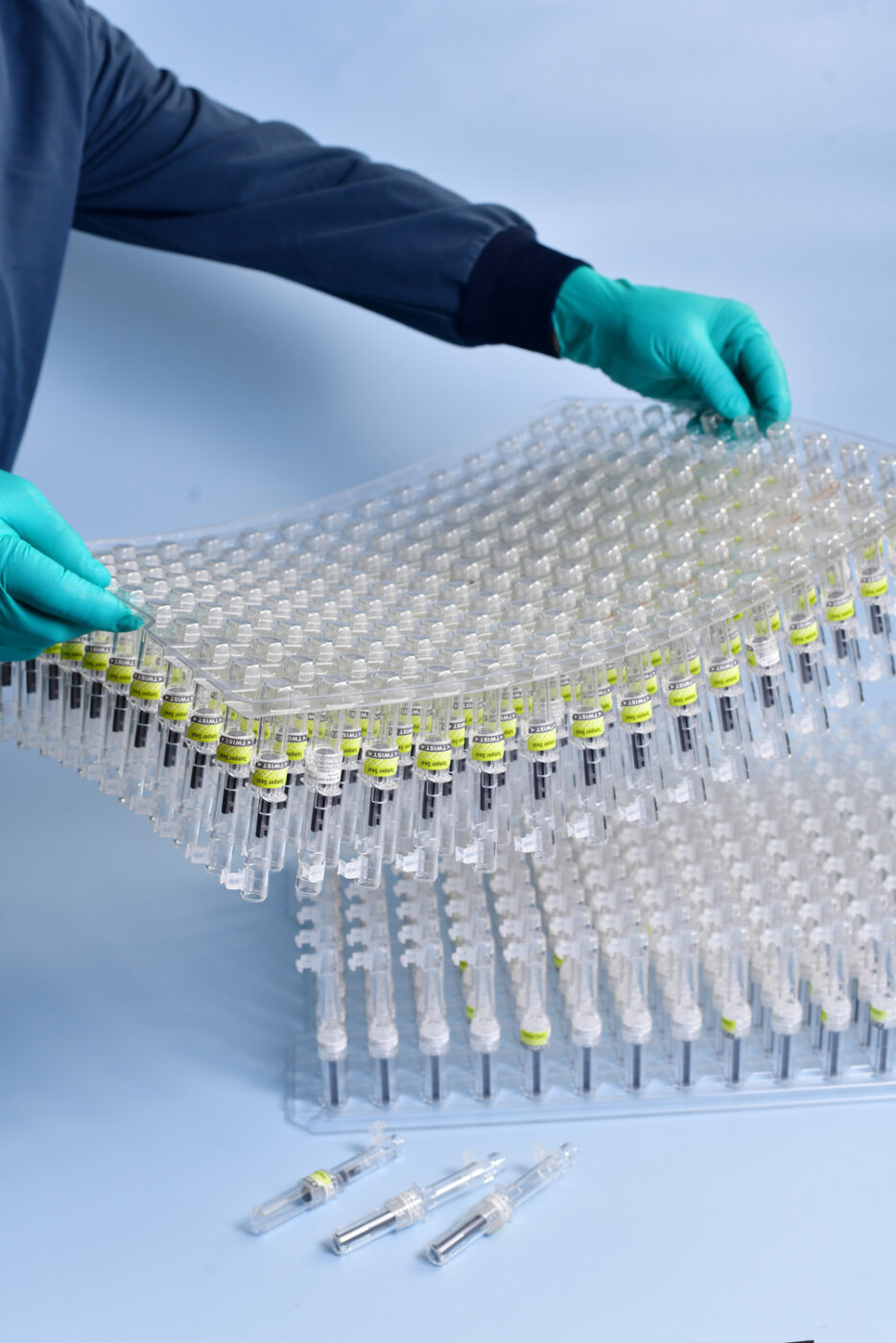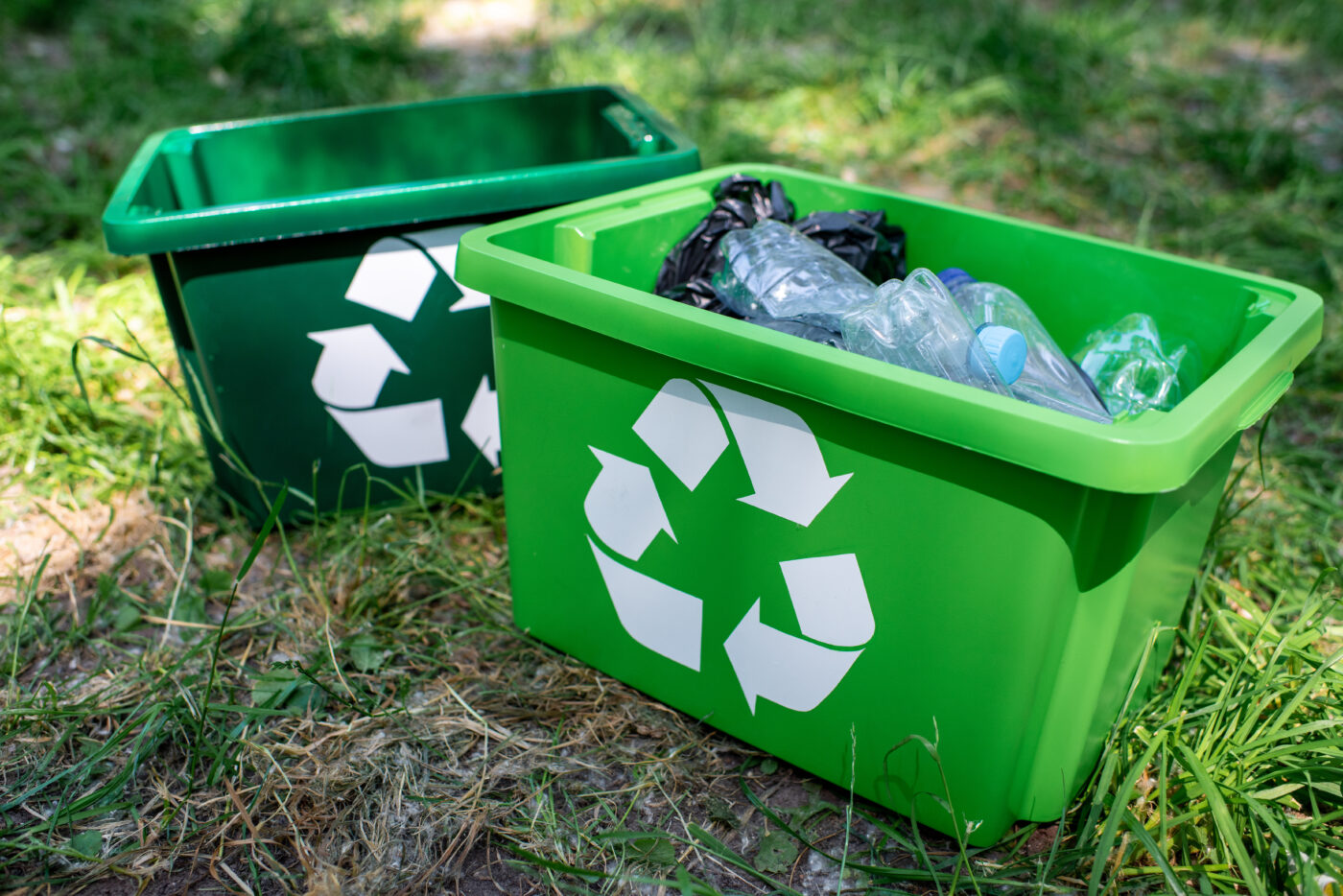
In the fast-paced world of healthcare and pharmaceuticals, thermoformed automation trays, also…


Mechanical recycling and advanced recycling are terms we are seeing much more often regarding sustainability and circularity around packaging. What exactly are they, and what are the differences?
Mechanical recycling is a manufacturing process that takes recovered plastic waste and converts it into a flake or pellet that can be used to create new products. The process is circular, but it begins with the consumer placing the used packaging in their recycling bin, assuming they have access to curbside recycling in their area. According to a recent study from The Recycling Partnership, only 52% of American households have access to these programs.
The waste is collected and sent to the local Material Recovery Facility, commonly known as a MRF. The MRF uses a variety of methods, some mechanical and some manual, to sort the plastic items into similar resin types. Next, they are baled for sale to the reclaimers.
Reclaimers grind up the materials and wash the flake to remove contaminants. The flake is dried and may undergo further processing to improve the properties before it is re-granulated for sale to the packaging converters. The packaging containing the recycled content is then sent to the brand owner for packing. The cycle repeats when the consumer uses the product and places the package in the recycling bin.
Advanced recycling, on the other hand is an umbrella term used to describe a variety of novel recycling techniques. These techniques convert plastic waste back into the feedstock or building blocks used to make new polymers.
While mechanical recycling essentially takes sorted plastic waste, grinds it up, washes it, and then melts it into usable formats, advanced recycling converts waste into hydrocarbon feedstocks or building blocks for new polymers. Some advanced recycling techniques remove colors and additives leaving only the virgin polymer behind.
The advanced recycling processes usually involve a combination of heat, pressure, and catalysts or solvents to yield the targeted product. Today, there are examples of some companies doing advanced recycling at scale. What is really exciting the sustainability community is the evolution of the technologies and level of investment we are seeing. Analysts are expecting significant growth this decade.
One final note, advanced recycling will not replace the need for mechanical recycling. An ideal recycling system in the future will include both. Mechanical recycling will continue to be ideal for formats and materials that are easier to sort and reprocess, like PET containers. Advanced recycling will be needed for items that are more difficult to recover or reprocess.
For more information, please contact Plastic Ingenuity.
